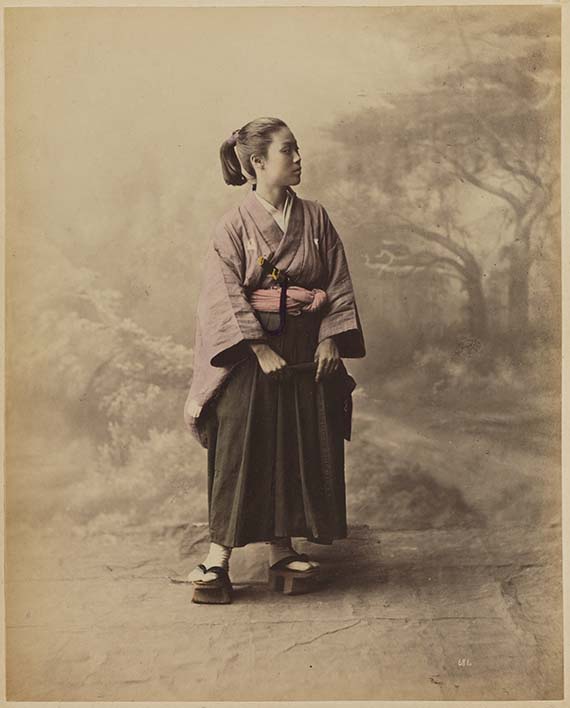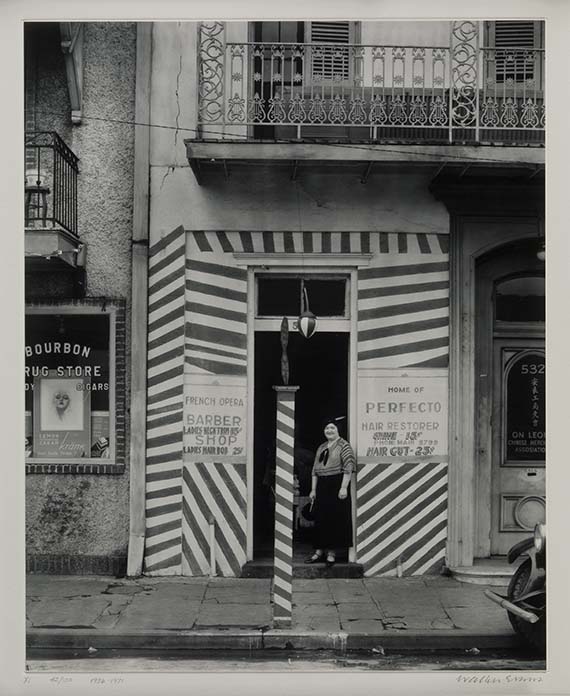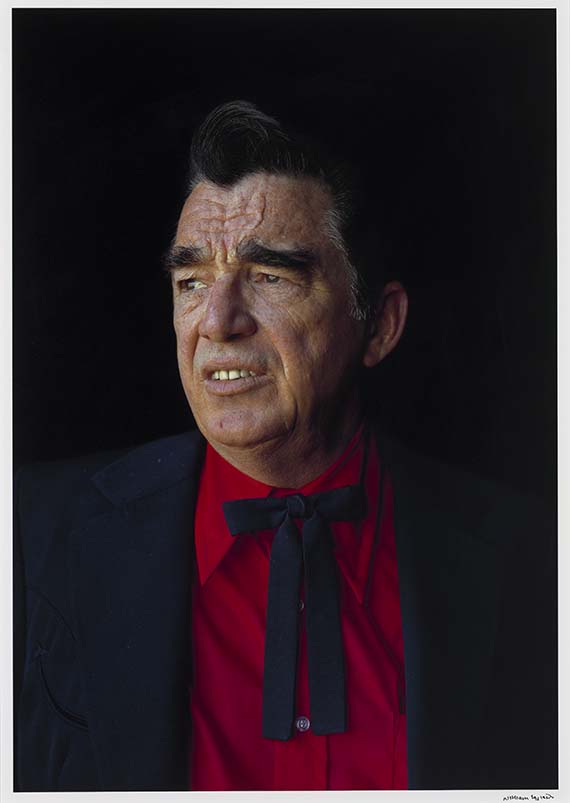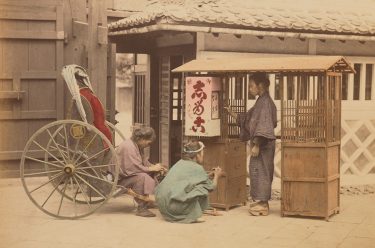
The speed with which photography spread across the globe in the late nineteenth and early twentieth centuries would change how the world was perceived and recorded forever. Our new exhibition explores the Gallery’s holdings of historical photography, from its earliest works by unknown artists to those of the twentieth-century masters.
Here everything returns upon itself, repeats and renews itself, and present can hardly be told from past. Wallace Stegner (1909–93)
In January 1839, British inventor William Henry Fox Talbot (1800–77) revolutionised the modern era’s view of the world when he revealed, at the Royal Institute in London, that he had fixed a hazy image of rural England on paper using only light. While Talbot was inventing paper photographs (calotypes) in England, in August of that same year, scene painter and diorama designer Louis-Jacques-Mandé Daguerre (1788–1851) informed the French Academy of Science in Paris that he had captured portraits with astonishing clarity on the mirror-like surface of a silvered plate. In September 1839, just four weeks after the publication of Daguerre’s process in France, the first daguerreotype was being made in the United States. The speed and veracity with which photographic studios and professional photographers spread across the globe irreversibly changed how the world was perceived and recorded.
Within a decade of both inventions being made public they were superseded by yet another, superior process of photography. Based on Talbot’s calotype but with the clarity of the daguerreotype, the wet collodion-on-glass negative produced a crystal-clear window on the world. In Europe, North America, Asia and Australia, professional and amateur photographers alike, in possession of large yet portable cameras, took to travelling for the purpose of photographing architecture, landscapes and people. Photography quickly became the most immediate means by which knowledge was gathered about the ‘character’ of other cultures and geographies, succeeding earlier, and slower, painted and printed views. Playing an extraordinary role in the transformation of visual culture, photographs touched on many aspects of people’s lives while documenting, by their very existence, the progressive triumph of mechanisation and technology.

By the end of the nineteenth century, the far-reaching implications for art and centuries of artistic tradition were just beginning to be realised. Photographers began to grapple with the medium’s artistic potential by attempting to emulate the compositions and effects of European painting. What came to define photography in the early twentieth century, however, was not the ability of a photograph to emulate painting but the ability of the photographer to capture, in a fraction of a second, what Henri Cartier- Bresson termed ‘the decisive moment’. Armed with ever smaller and faster cameras, photographers took to the streets to record, document and capture the modern world, and, in doing so over the course of its first 125 years, a modern visual repertoire — a ‘common language’ of photography — was developed, encoded and endlessly repeated.
Reflecting the arbitrary nature of photography’s beginnings, ‘Ever Present’ shows photographs by unknown nineteenth-century photographers alongside iconic images by the twentieth century’s recognised masters of photography, including Cartier-Bresson, William Eggleston, Max Dupain, Richard Daintree, Alfred Stieglitz, Weegee, Diane Arbus, Walker Evans and more. Separated into seven themes, the works on display point to the many stories that have contributed to the history of photography.
‘Ever Present: Photographs from the Collection 1850–1975’ is currently on display at the Queensland Art (QAG) until 7 October 2013.


